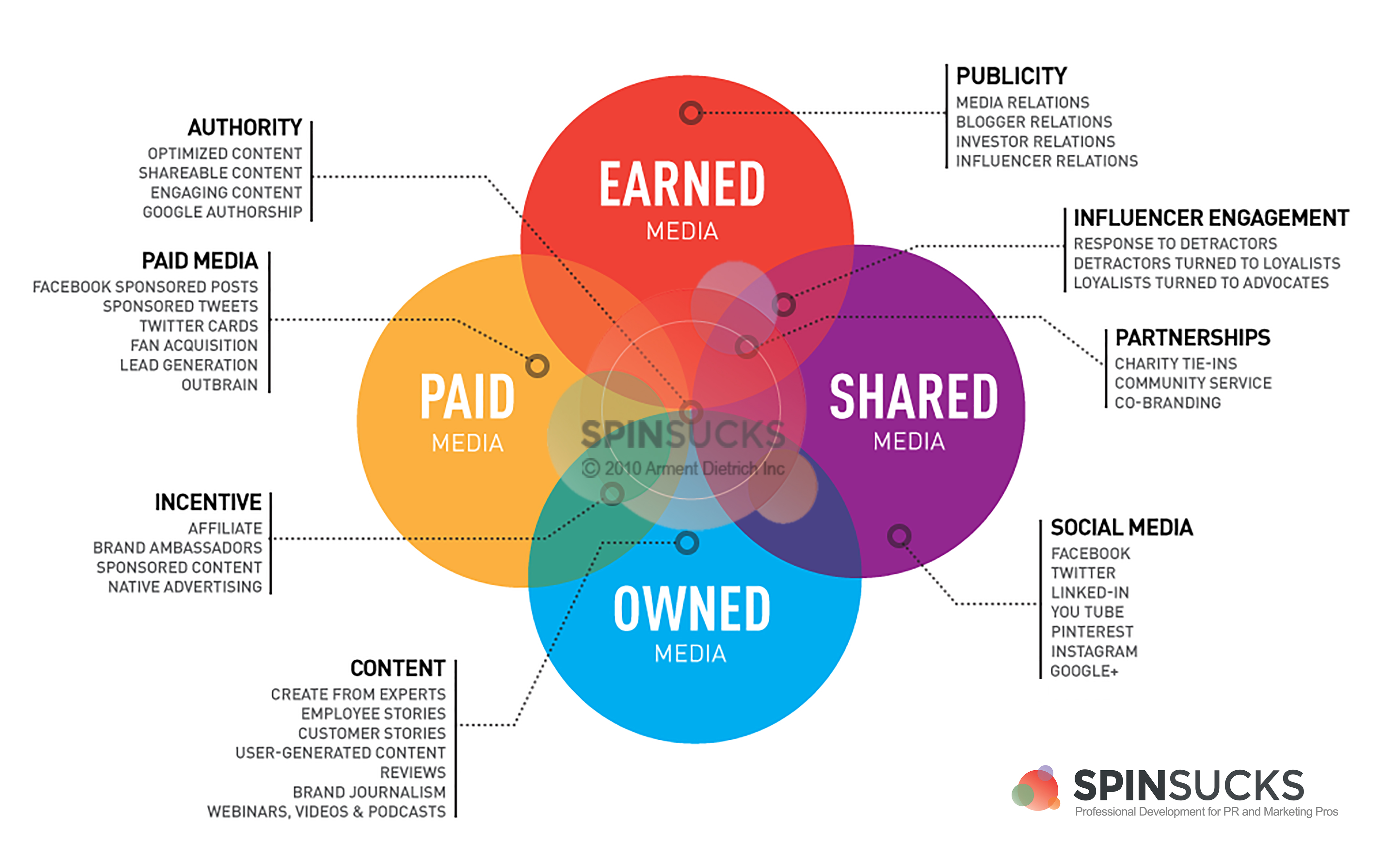These are the boom times for fintechs. The industry has evolved from a word that didn’t even exist into one of the most exciting movers and shakers in business today. The recent domination of the banking disruptor is particularly impressive: fintechs raised a record $39.5 billion worldwide in 2018, which is more than double the previous year.
While that is some serious scale, fintech hopefuls shouldn’t be blinded from the truth that industry hype doesn’t automatically equate to an easy ride. In fact, nine out of ten fintech startups fail to get beyond the seed stage. Despite cash flowing into the industry at an increasing rate, risk-averse investors prefer to back later-stage companies with demonstrated success.
Therefore, it’s now more important than ever to ensure fintech communications use the right messages to reach their target audiences. This is easier said than done – many fall into the same trap that other failed ventures have fallen prey to. So let’s discuss five of the biggest faux pas that B2C fintech startups are best advised to avoid.
Don’t put all your eggs into the social media basket
There’s more to life than social media. Sure, it’s a great channel to tap into the millennial market that many fintechs are chasing. But having all your eggs in one basket is never a good idea.
View your communications strategy via the PESO model, which splits it into four channels:

If you view your fintech marketing strategy through this lens, you can understand the value of a balanced approach to each channel. Too much investment in one channel will ultimately result in the law of diminishing returns.
Also – different channels serve different purposes. If you’re looking to build your credibility to convince customers why they should trust you with their money, earned media is the way to go. Some positive press coverage in trusted publications, won using some good fintech PR, can do awesome things for your image.
Moreover, banking is for everyone, so you’re best advised to capture audiences far and wide. Social media can often form a core part of any marketing plan, but it shouldn’t be everything.
Manage the peaks and troughs of the funding cycle
Rain, hail, shine or seed funding – fintech startups need to market their wares at all stages of the funding cycle, using consistent branding and messaging. This means you need to plan your marketing budget carefully, avoiding the temptation of going too gung-ho when funding comes in.
Advertising on a tight budget is a difficult task but communications must be consistent to register results. Targeting the message and regularly updating campaigns across platforms is the most likely way to convert – regardless of the current funding stage.
Avoid price led-messaging
Fintech companies get right all the things that legacy financial institutions get wrong. The list is endless such as multi-currency cards you can top up in seconds to peer-to-peer lending that has a social conscious. This is the major point of differentiation that fintech companies possess. The cost benefits to the consumer are the secondary benefit.
Therefore, highlighting cost benefits can grab the attention of consumers, but it shouldn’t be the be-all and end-all. Building your brand messaging and communications around how you’re doing things differently puts you on a far more sustainable footing. After all competing on cost can create a race to the bottom, meaning less returns for all.
Don’t make the same mistakes as the banks
Your biggest advantage when it comes to branding and messaging is that you’re not part of the old world of banking. Banking is boring and stuffy. But fintech is neither of these things. This needs to come across in all your communications.
Think of ways to engage and immerse your target audience. This could be with competitions or quizzes, or with isocial media campaigns.
Another good example is the use of explainer videos. Fintech communications often tackles highbrow financial concepts with simple animated videos that explains the problem they solve. These can make for informative and engaging content. Simply put, creativity is key here. Don’t push out static marketing campaigns that are often favoured by banks.
Don’t use tech startup buzzwords
If everyone is “disrupting the industry,” is no-one disrupting the industry? The final tip is to avoid buzzwords. Innovative, ground-breaking, revolutionary, data-driven, dynamic, synergy, leveraging, streamlined. What do these words actually mean when everyone uses them but never defines their meaning?
Fintechs need to identify what makes them unique and advertise accordingly. If the project transforms how people send and receive money, say that – but without overused PR jargon. According to one count there are 171,476 words in the English language, so don’t get trapped using ten cliched terms to describe how great you are.
There are certainly more than five things to avoid in the world of fintech communications, so perhaps it’s best to remember what to do. Stick to the basics: Unique messaging delivered in a creative way. This is something that can be achieved with any marketing budget. Making interesting and unique campaigns that connect is what it’s all about.





